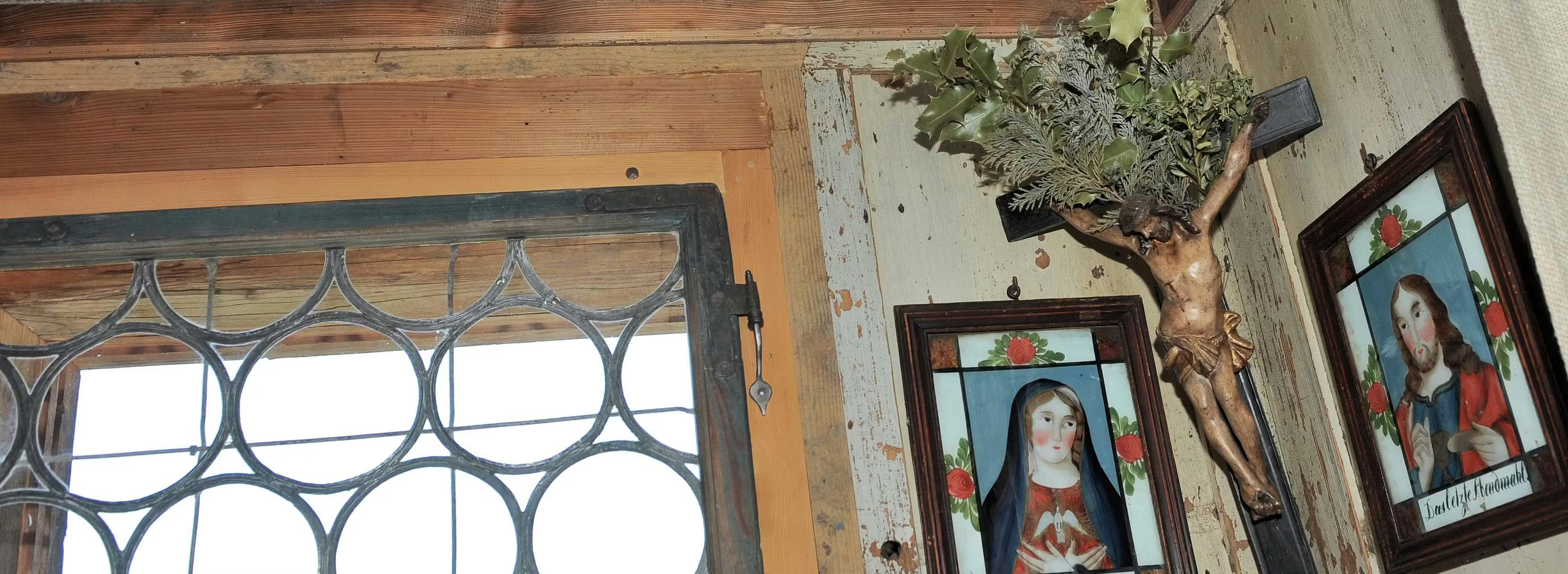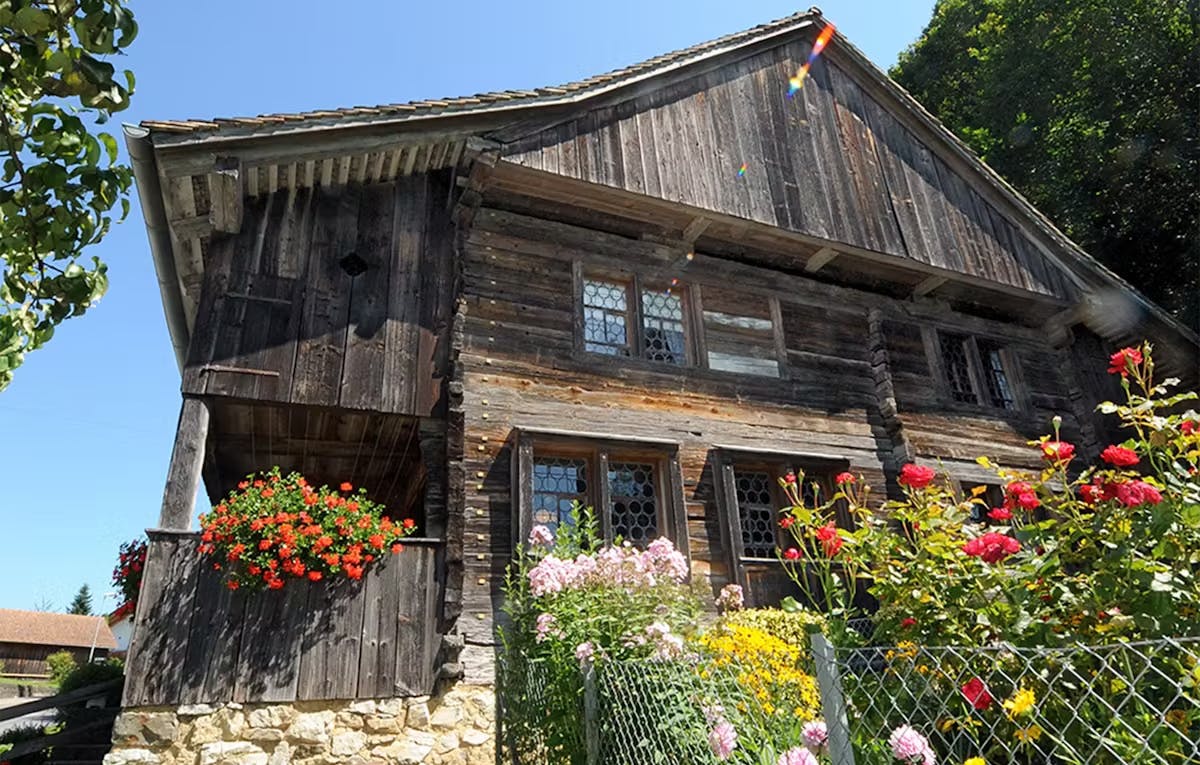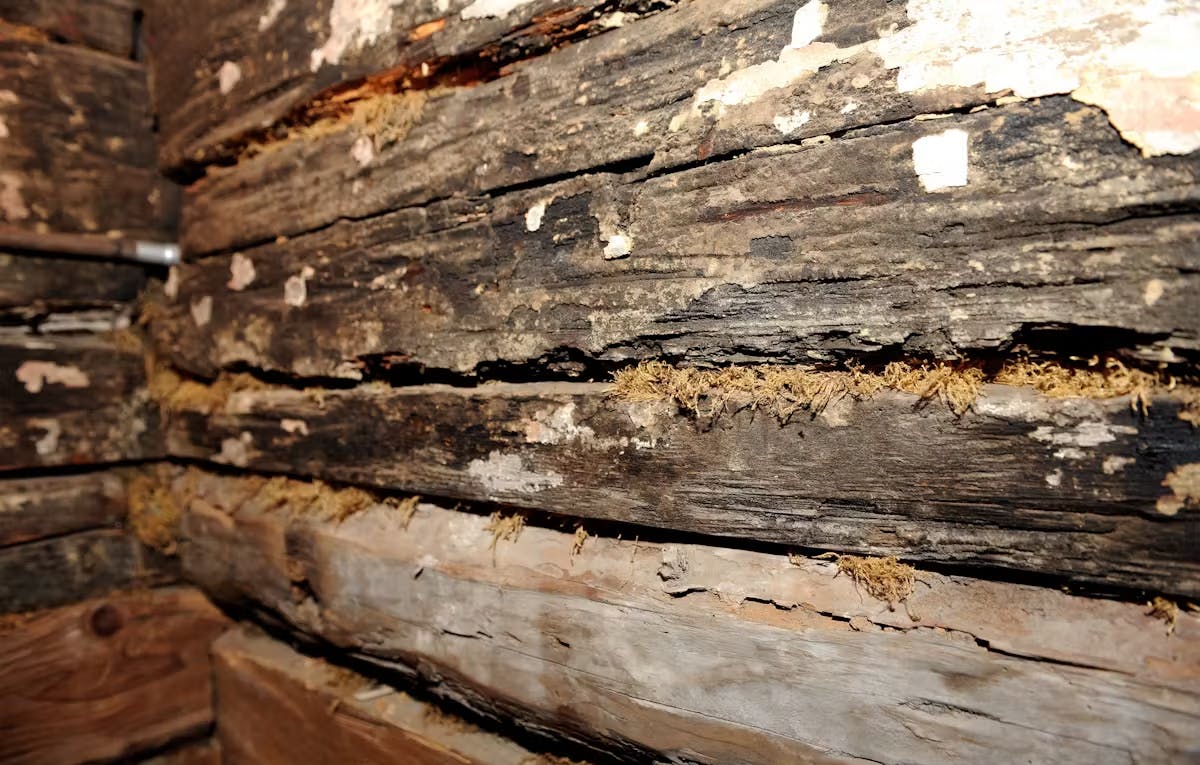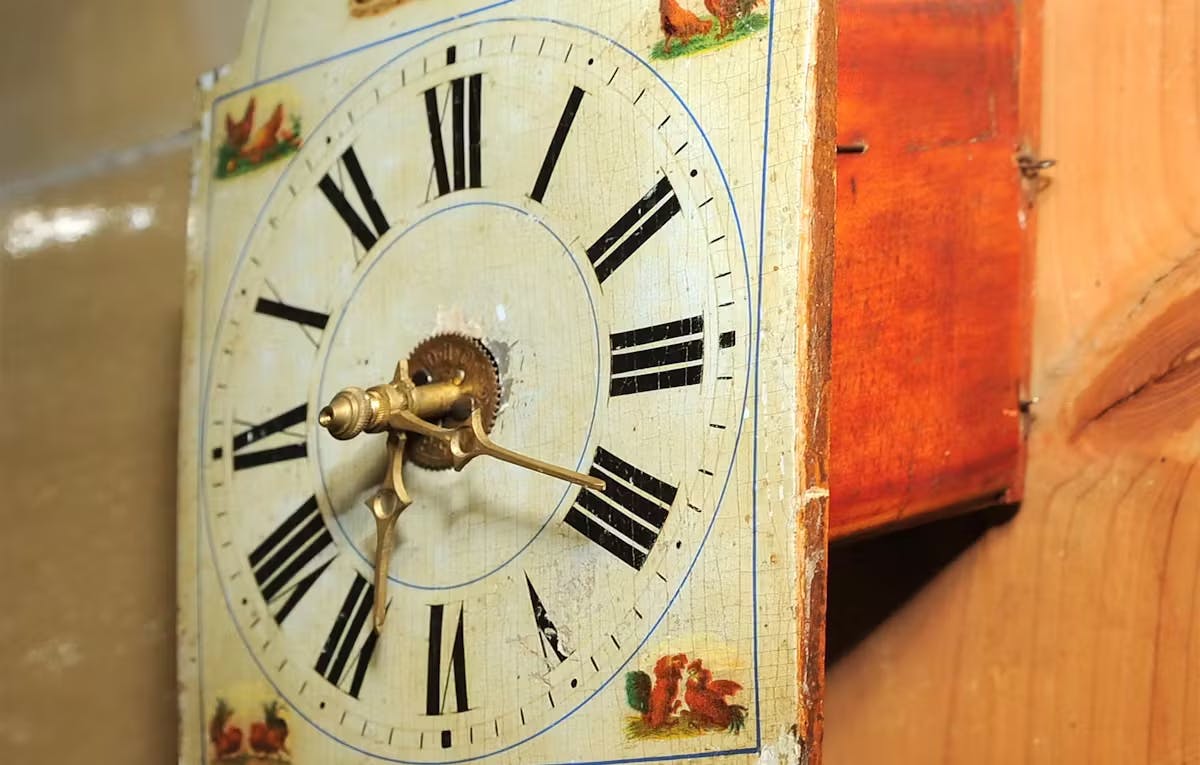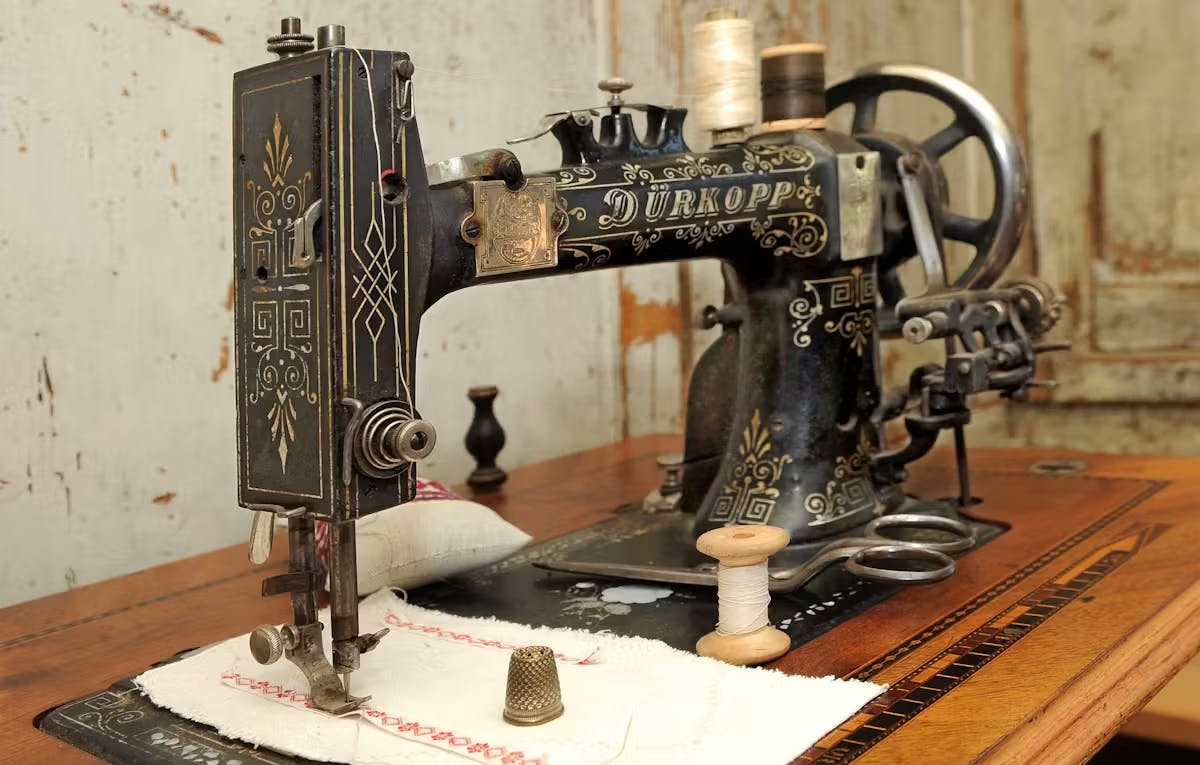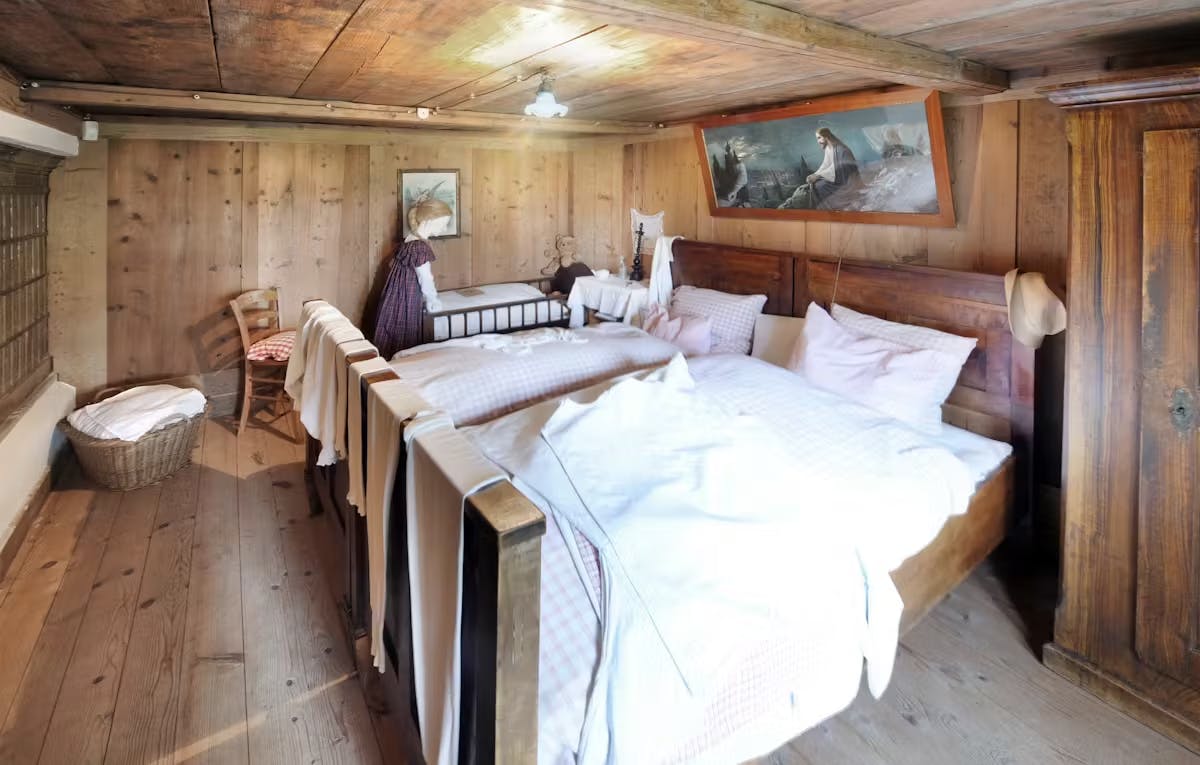Welcome to an approximately 500-year-old farmhouse, one of the last to be built in the alpine region using this sustainable construction method. Its style and furnishings show how people in Liechtenstein lived around 1900.
The Liechtenstein FarmhouseMuseum in Schellenberg gives visitors an insight into the simple life long typical of Liechtenstein. Dating back more than 500 years, this old farmhouse has changed location several times with its owners.
It is known as the "Biedermann-Haus" in memory of the last private owners of the building, the Biedermann family, who lived in it for over 150 years. The construction and room layout show how people in this region lived and worked in the Late Middle Ages.

